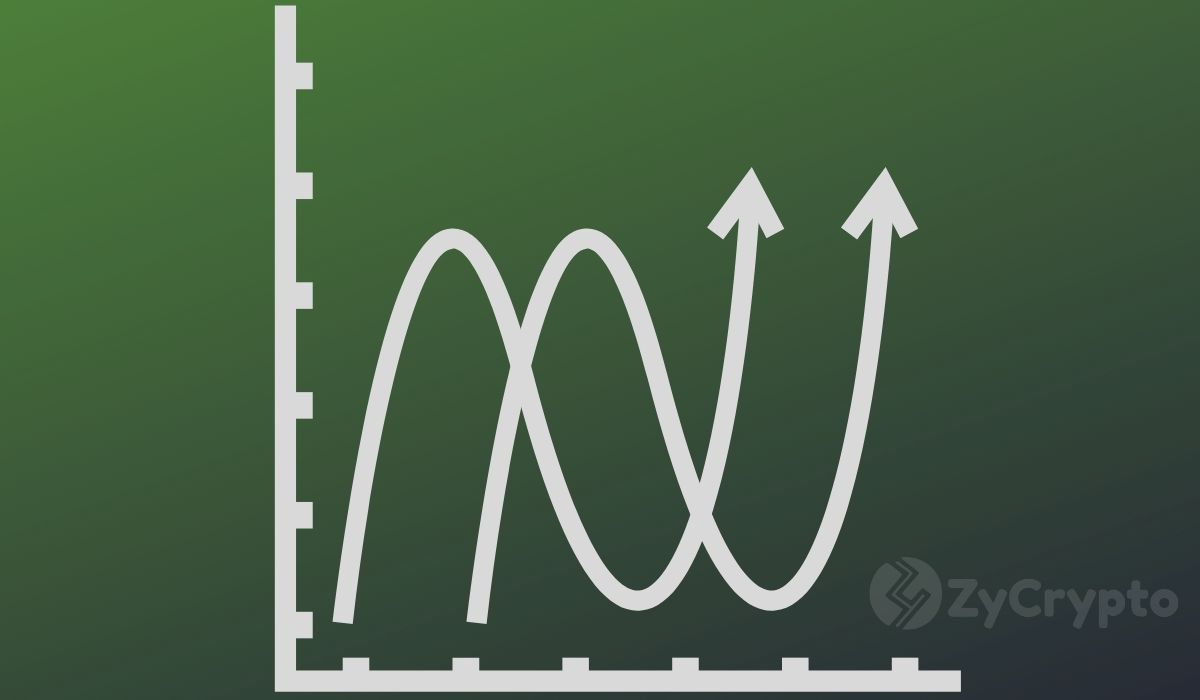On the 2nd of August, the bitcoin community watched in disbelief as Bitcoin hit $12k and then fell by $1,500 within minutes. The flash crash was the inverse of what the crypto community projected would happen, as Bitcoin was deemed to at least reach the $15K or even the $20K mark before experiencing a significant pullback.
Many traders made good profits in July riding the short bull run but anyone who fell for the “buy now” hype is counting their losses and they can only hope for cryptocurrency prices to rally again.
The long sentiment that has been driving the crypto market for the whole of July has partially fallen apart. Some feel lucky or clever for buying out just in time, others feel cheated, and new adopters and institutional investors may have lost faith in crypto’s credibility as a store of value.
Volatility Is So Bitcoin
A few think this is the game that Bitcoin plays and anyone who cannot handle such a flash crash should probably avoid investing in cryptocurrencies.
The reason behind this is that as a decentralized asset, bitcoin trades in a free market. It is not subject to centralized cushioning which makes upward volatility extremely effective, but this also makes it highly susceptible to market manipulation.
In the past, market manipulation was mainly propagated by whales, but more are liquidating and with the increase of Bitcoin’s market capitalization, their influence will decrease with time.
However, the key manipulative factor especially in 2020 is the growth of the bitcoin derivatives market and the entry of numerous institutional investors into the crypto market. ZyCrypto earlier reported that this particular flash crash was caused by the liquidation of $1 Billion worth of future contracts.
Evidently from this twitter thread, the flash crash has split attitude towards crypto assets with some getting very wary of Bitcoin’s volatility.
“I have to be honest, when I see simultaneous flash crashes across all crypto coins, I lose faith in the sector. I know people say “that’s crypto,” but it also seems like coordinated manipulation. Bitcoin needs to grow out of that and it hasn’t yet.”
For long term HODlers, volatility is part of the game and a pullback represents another opportunity to buy more. Bitcoin will eventually go up again and stabilize once it hits higher adoption and maturity levels.
“That’s like blaming a child for growing up. Agree the goal is getting less volatility-you invest in the risk and the profits while it’s on its way to become more stable.”
Manipulation Is Worse In Centralized Markets- More Bitcoin Adoption Will Phase It Out
Bitcoin has centralized aspects especially in trading platforms but as a free market asset, decentralized exchanges, and the growth of the DeFi market will play a key role in correcting the defect.
However, blaming Bitcoin for manipulation is overlooking what is happening with the traditional market, which is currently being overly-manipulated through Quantitative Easing.
“The Fed is manipulating the market via QE. They are manipulating crypto by pumping and dumping. They are not audited and NOBODY knows exactly what’s in their balance sheet.”
While there is nothing stopping whales or governments from manipulating Bitcoin’s price, they can’t devalue it by flooding the market with more.
Additionally, the recent friendly atmosphere towards Bitcoin indicates that they are unlikely to stop more people from adopting Bitcoin. More adoption will reduce the manipulative power of whale-like activity in the market.







